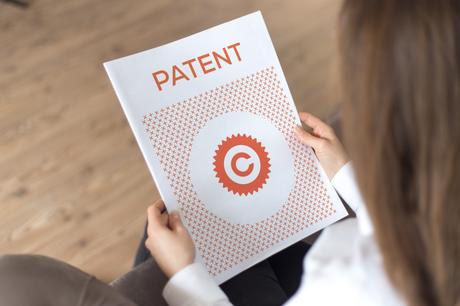
Have you created a product that you're hoping to patent?
Patenting your product helps ensure that no one steals your idea. However, getting a patent is easier said than done. It involves a lot more than just signing a few documents.
What do you need to do?
Check out this guide to learn everything you need to do for getting a patent for your product.
1. Hire a Patent Lawyer
First things first, you need to fill out an application for your patent. While filling out an application may sound simple and straightforward, it can actually be rather complicated. And, if you fill out the application incorrectly, you're at risk of getting your patent license denied.
This is why it's a good idea to hire a patent lawyer to help you with the application. A patent lawyer can help you with:
- Understanding the overall patent process
- Ensuring you secure the right type of patent
- Conducting research
- Preparing your patent application
- Responding to objections and rejections
Because patent law is immensely complicated, you'll need to do your research to ensure you find the best lawyer for the job. Make sure the lawyer you hire has an extensive history of getting patents approved for their clients.
It's a good idea to check reviews online and call references before hiring a lawyer.
2. Figure Out What Type of Patent You Need
To make sure you file correctly, you first need to figure out what type of patent you need. Here are the main types of patents:
- Utility Patents: These patents protect functional features. For example, if your invention helps make something better, faster, or more efficient, then you need a utility patent.
- Plant Patents: These patents protect varieties of newly discovered plants. For this type of patent, you'll want to make sure you work with a plant patent attorney, as the law is very specific in this area.
- Design Patents: Design patents are for ornamental features. In other words, if you want to protect something because of its aesthetic value, then you'll need to file for this type of patent.
When figuring out what type of patent you need, you'll notice that design patents are markedly cheaper than utility patents. For this reason, many people try to get away with filing their utility patent as a design patent to save money. But, you should avoid doing this, as this will likely just lead to you getting your patent denied.
3. Conduct Research
You and your lawyer will also need to conduct research to see if the patent already exists. If it does exist, then you won't be able to get a patent.
If you're looking to save some money on legal fees, you may want to conduct this research on your own. Even if you find that a patent doesn't exist yet, it doesn't guarantee that your patent application will be approved, so keep this in mind.
To conduct this initial research, you can use a website like www.freepatentsonline.com.
4. Prepare Your Patent Application
Once you've figured out what type of patent you need and you've conducted your research, it's time to prepare your patent application.
To complete the application, you'll have to fill out some forms, pay a fee, and write a description of how to make use of your new invention. You can find the patent application form at www.uspto.gov.
While the forms are pretty straightforward, a lot of people get tripped up when writing the description. Keep in mind that the purpose of the description is to show others how to use the product. Describing your invention correctly can be tricky, so if you hire a lawyer for anything, let it be for this step.
5. Wait for Your Application to Be Examined
After you file your patent application, the really tough part comes: waiting.
Some patent applications are examined in as little as 4 to 6 months. However, it's not unheard of for it to take 3 to 5 years for a patent application to be examined.
All patent applications are examined on a first-come, first-serve basis. So, the waiting time really comes down to how many applications are in front of you.
Your patent application will first be examined by the Office of Initial Patent Examination. This office will make sure that you've followed all of the correct formalities. If any formalities haven't been followed, they'll need to be corrected before your application moves onto the next stage.
If your application is rejected, you'll typically have three months to refile and explain the merits of your patent. Once the rejections have been dealt with, your patent will move onto a substantive examination.
This involves a detailed examination of your research, written description, and subject matter. Your patent must also be a non-obvious variant of existing technology.
6. The Patent is Granted
If your application is approved, then that means you'll be granted your patent license. To complete the patent application, you'll first need to pay an issuing fee.
Around one month after the issuing fee is paid, your patent grant will be officially published. If you applied for a utility patent, you'll also be responsible for paying three maintenance fees. These must be paid 3.5 years, 7.5 years, and 11.5 years after the patent is granted.
Getting a Patent: Are You Ready to Get Your Patent?
Now that you know what's involved in getting a patent, it's time to begin the application process. Before you know it, your patent will be granted and you'll be able to officially call yourself an inventor!
For more patent-related news and tips, be sure to check back in with our blog.
